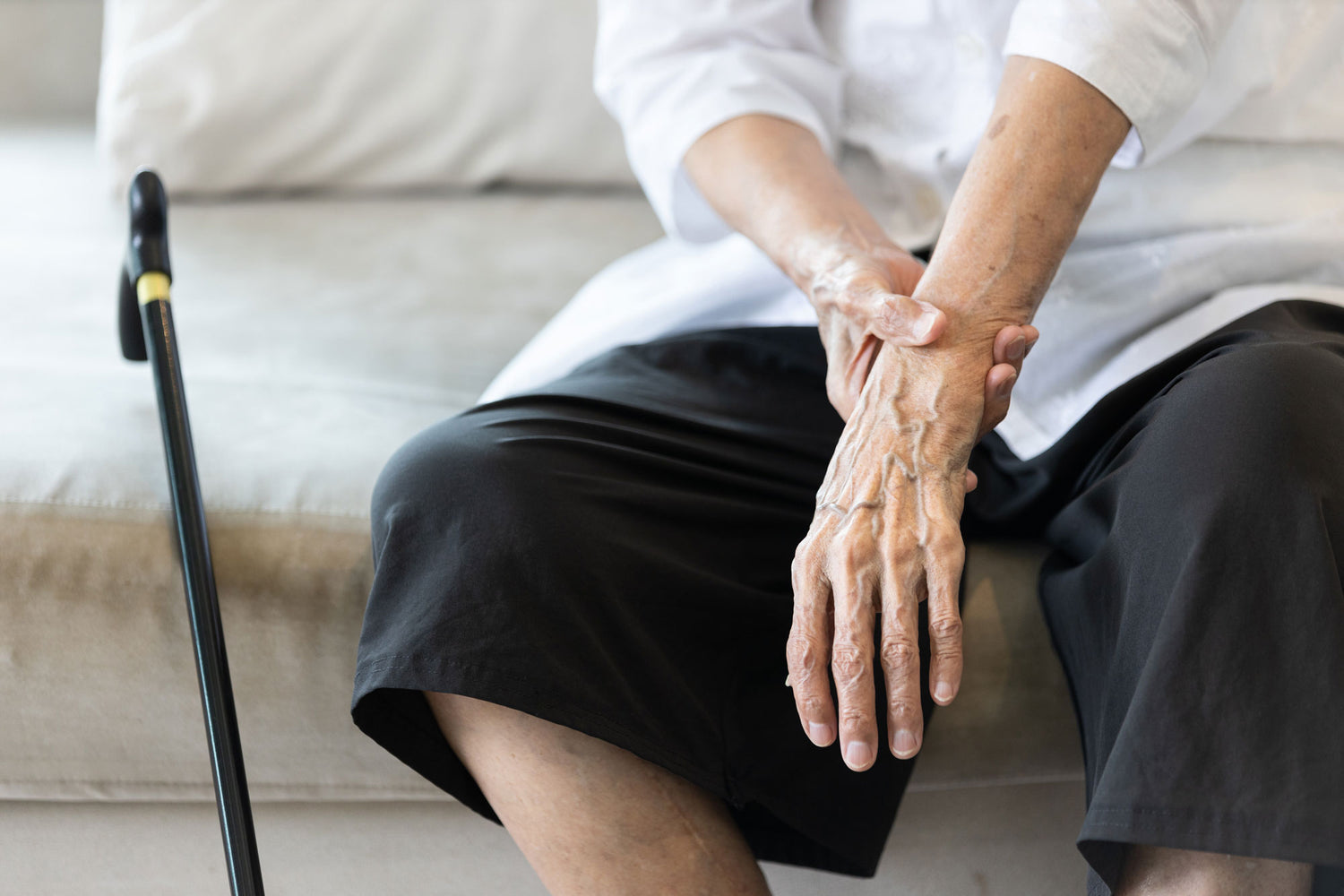Abstract
Ridgel AL, Peacock CA, Fickes EJ, Kim C-H. Active-assisted cycling improves tremor and bradykinesia in Parkinson's disease.
Objectives
To develop a rapid cadence cycling intervention (active-assisted cycling [AAC]) using a motorized bike and to examine physiological perimeters during these sessions in individuals with Parkinson's disease (PD). A secondary goal was to examine whether a single session of AAC at a high cadence would promote improvements in tremor and bradykinesia similar to the on medication state.
Design
Before-after pilot trial with cross-over.
Setting
University research laboratory.
Participants
Individuals with idiopathic PD (N=10, age 45–74y) in Hoehn and Yahr stages 1 to 3.
Intervention
Forty minutes of AAC.
Main Outcome Measures
Heart rate, pedaling power, and rating of perceived exertion were recorded before, during, and after a bout of AAC. Functional assessments included tremor score during resting, postural, and kinetic tremor.
Results
This AAC paradigm was well tolerated by individuals with PD without excessive fatigue, and most participants showed improvements in tremor and bradykinesia immediately after a single bout of cycling.
Conclusions
This paradigm could be used to examine changes in motor function in individuals with PD after bouts of high-intensity exercise.
- Department of Exercise Physiology, School of Health Sciences, Kent State University, Kent, OH
"CITE"
https://www.sciencedirect.com/science/article/abs/pii/S0003999312003607

